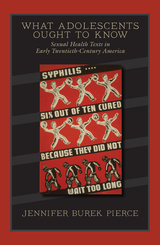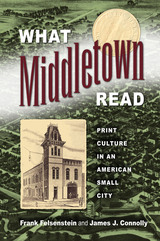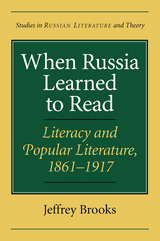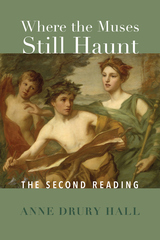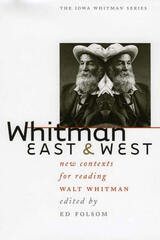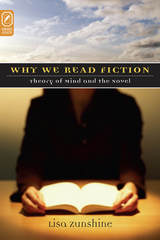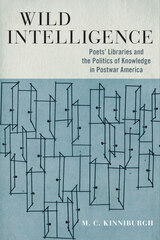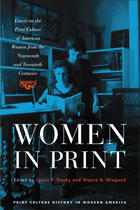Cloth: 978-1-64453-429-8 | Paper: 978-1-64453-428-1 | eISBN: 978-1-64453-430-4 (all)
The “virality” of diseases—their tendency to circulate simultaneously as biological and media phenomenon—is very familiar to us today. We are all too aware, in our digital age, of how lies, rumors, and misinformation circulate alongside epidemic disease. Medical Misinformation in Early Modern Germany explores the genealogy of this phenomenon and locates the origin of virality––the notion that information and disease circulate analogously––at the turn of the sixteenth century. It investigates literary texts alongside popular vernacular medical pamphlets to reveal the emergence of the notion of the “contagious” in the context of both media and disease. The growth of print, alongside the development of new forms of media, new literary genres, and new forms of visual representation led writers and thinkers to reconsider the ways in which information could be communicated. These anxieties were often expressed through metaphors of disease, creating an emergent rhetoric of virality.
See other books on: 16th Century | Communication Studies | Disease & Health Issues | Early Modern Germany | German
See other titles from University of Delaware Press

